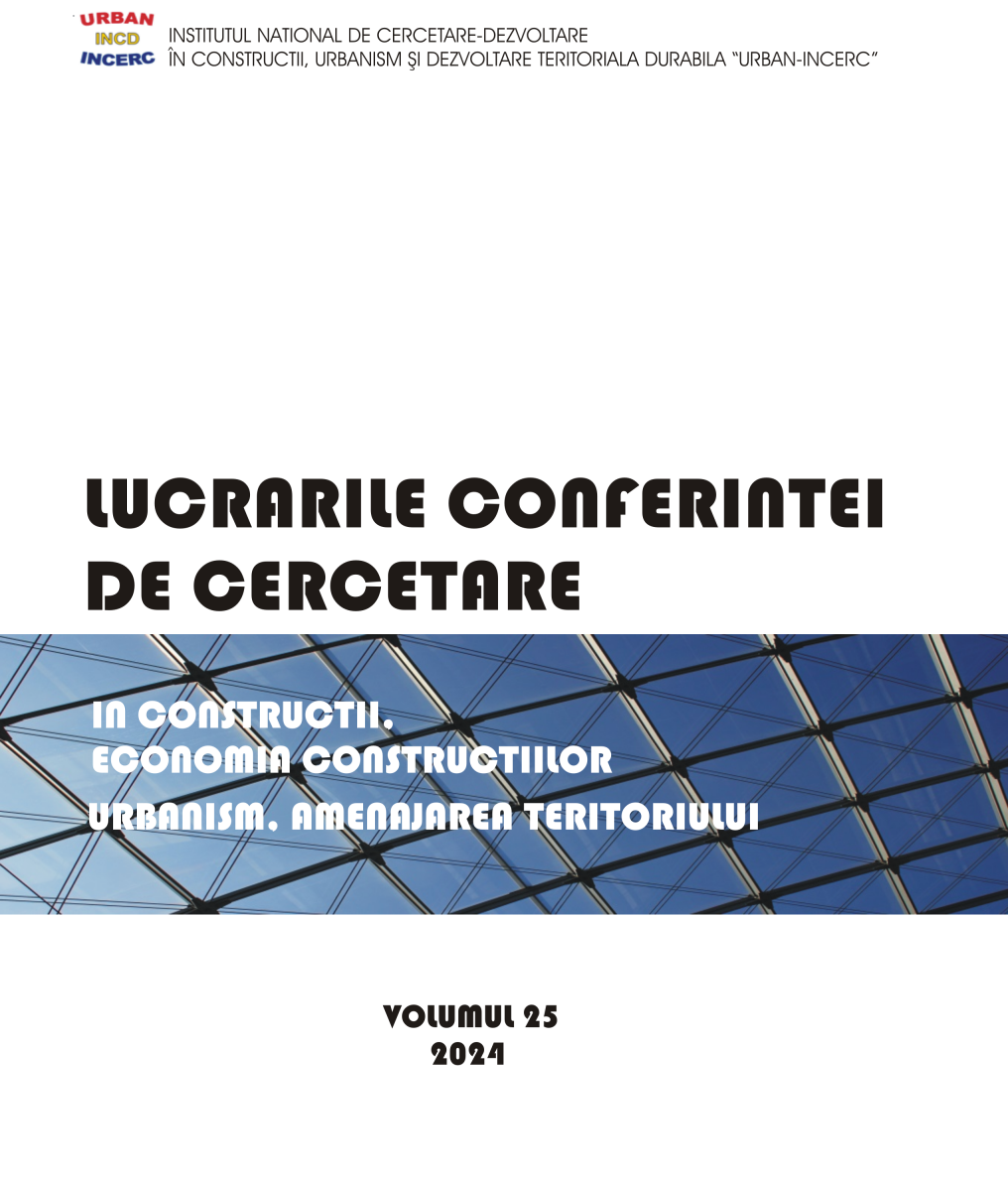Optimizarea construcţiilor din argilă: rolul şi influenţa adaosurilor organici
Optimization of clay constructions: the role and influence of organic additives
Author(s): Ştefania Mădălina Rusu, Marius MÂRŢ, Aurelia Bradu, Adrian-Alexandru Ciobanu, Ionel PUSCASU
Subject(s): Architecture
Published by: INCD URBAN-INCERC
Keywords: clay; organic additives; thermal properties; compressive strength; thermal conductivity
Summary/Abstract: Clay, as a natural material formed from fine particles of minerals and sediments, has been utilized throughout human history in various domains, ranging from pottery and construction to medicine and cosmetics. This versatile and abundant substance has played a crucial role in the development of ancient civilizations, being shaped not only for functional needs but also for artistic expression. The article focuses on the use of clay in construction and the benefits of incorporating organic materials such as straw, hemp, and wood shavings into clay compositions to enhance structural and thermal properties. The experiments mentioned explore various mixture recipes combining clay with different proportions of organic materials. These mixtures are subjected to tests to evaluate density, thermal conductivity, and compressive strength. The results indicate that adding wood shavings to the mix increases compressive strength, although it may lead to a slight increase in thermal conductivity. At the same time, the thermal resistance of mixtures containing wood shavings is lower compared to those containing straw or hemp. In conclusion, integrating organic materials into clay compositions can improve certain characteristics of construction materials, such as compressive strength, but may variably affect thermal properties. Therefore, a thorough assessment is necessary to optimize material performance according to the specific requirements of each construction project.
- Page Range: 39-44
- Page Count: 6
- Publication Year: 2024
- Language: Romanian
- Content File-PDF

